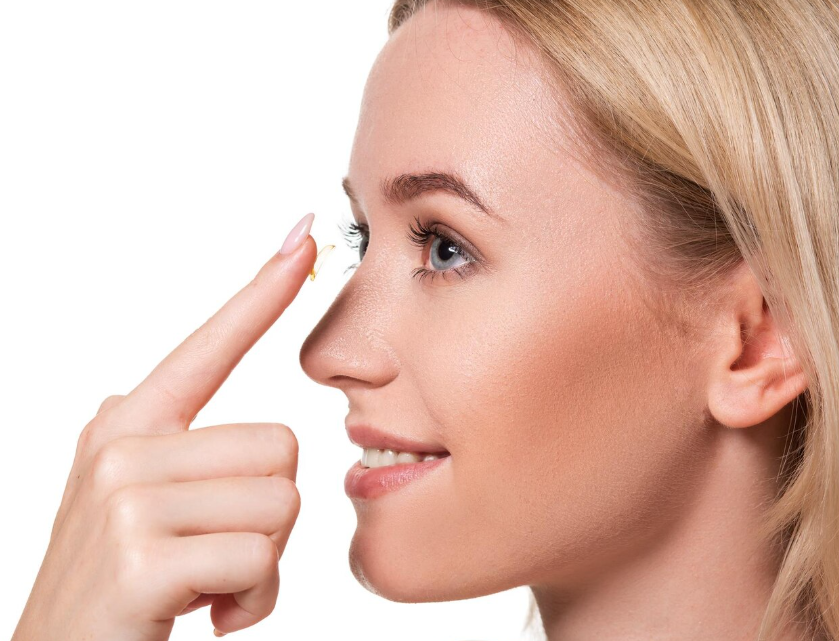Treatment Overview
Wide Nostril Reduction Ethnic Rhinoplasty in Korea focuses on narrowing and reshaping wide nostrils while maintaining the patient’s natural ethnic identity. Many individuals from African, Asian, Hispanic, and Middle Eastern backgrounds naturally have broader nostrils, which can make the nose appear larger or less defined.
Korean plastic surgeons are highly skilled in alar base reduction and nostril reshaping, using advanced suturing or excision techniques to create a more balanced nasal appearance without compromising breathing function. The goal is a refined yet natural nostril shape that complements the nose tip and bridge while respecting ethnic features.
Purpose & Benefits
- Reduces wide or flared nostrils for a more refined look.
- Improves facial harmony and balance.
- Creates smoother proportion between nose bridge, tip, and nostrils.
- Maintains ethnic identity while enhancing aesthetics.
- Can be combined with tip refinement or dorsal augmentation for full results.
Ideal Candidates
Best suited for individuals who:
- Have naturally wide or flared nostrils.
- Feel their nostrils make the nose appear large or disproportionate.
- Want subtle narrowing while keeping ethnic character intact.
- Are healthy, non-smokers with realistic expectations.
- May combine with other rhinoplasty procedures for overall refinement.
Possible Risks & Complications
Although safe in expert hands, potential risks include:
- Temporary swelling, redness, or bruising.
- Asymmetry in nostril shape (rare with skilled surgeons).
- Scarring (minimized with hidden incisions).
- Breathing difficulties if over-reduced (avoided with functional techniques).
- Need for minor revision surgery in some cases.
Surgical Techniques Used
Korean surgeons carefully tailor nostril reduction techniques based on nasal anatomy:
- Alar Base Reduction: Removing a small wedge of tissue at the nostril base to narrow width.
- Weir Excision Technique: Subtle excision of tissue along nostril crease for natural results.
- Alar Suture Technique: Internal sutures to draw nostrils inward without visible scarring.
- Combination with Tip Refinement: For smoother transition and proportion.
- Hidden Incisions: Placed at natural creases to reduce scar visibility.
Recovery & Aftercare
- Downtime: About 5–7 days for initial healing.
- Swelling & Bruising: Usually subsides within 1–2 weeks.
- Scar Care: Incisions hidden in natural folds; laser/scar treatments offered if needed.
- Aftercare Support: Korean clinics provide anti-swelling therapies and close follow-ups.
Results & Longevity
- Permanent nostril narrowing with natural appearance.
- Enhanced balance between nostrils, nasal tip, and bridge.
- Results visible after swelling subsides, with final shape noticeable in 2–3 months.
- Long-lasting results when performed by experienced surgeons.
Treatment Process in Korea
1. Consultation
- 3D analysis of nostril shape and nose proportions.
- Customized surgical plan based on ethnicity and patient goals.
2. Pre-Surgery
- Medical exam, photography, and anesthesia preparation.
3. Surgery
- Local anesthesia with sedation or general anesthesia.
- Procedure typically lasts 1–2 hours.
4. Recovery
- Short clinic stay; sutures usually removed within 5–7 days.
5. Follow-Up
- Regular check-ups to ensure symmetry and scar healing.
- Supportive aftercare for international patients.
Why Korea?
- Specialized Ethnic Rhinoplasty Expertise: Surgeons skilled in reshaping wide nostrils without erasing identity.
- Advanced Techniques: Minimal-scarring, precise nostril narrowing methods.
- Natural Results: Subtle refinement that preserves balance and character.
- Medical Tourism Services: English-speaking staff, translators, and recovery programs.
- International Reputation: Korea is globally recognized for advanced nasal surgery.
Cost Range
The cost of Wide Nostril Reduction Ethnic Rhinoplasty in Korea depends on complexity and whether it is combined with other rhinoplasty:
- Simple Alar Base Reduction: ₩3,500,000 – ₩6,000,000 KRW ($2,800 – $4,800 USD)
- Complex Nostril Reduction with Tip/Bridge Work: ₩6,500,000 – ₩9,500,000 KRW ($5,200 – $7,600 USD)
Popular Clinics
- ID Hospital (Seoul): Leading in nostril reshaping with minimal scarring.
- Banobagi Plastic Surgery: Known for balanced ethnic nose refinement.
- JW Plastic Surgery: Specializes in natural nostril and alar base reduction.
- View Plastic Surgery: Popular with international patients seeking subtle changes.
- MINE Plastic Surgery: Focuses on ethnic-preserving nostril refinement.




